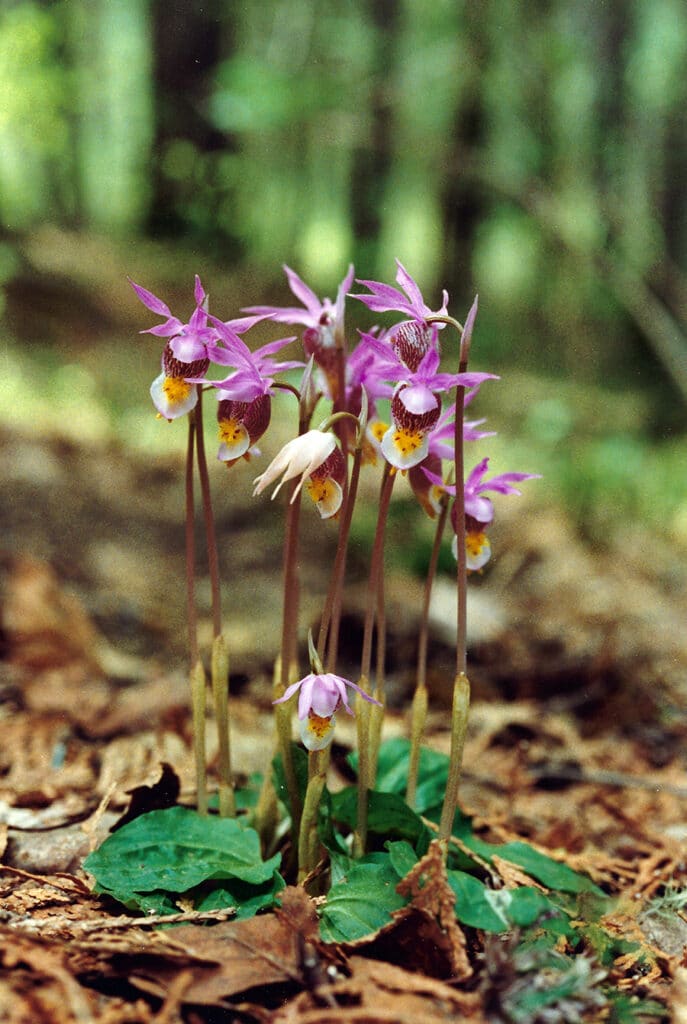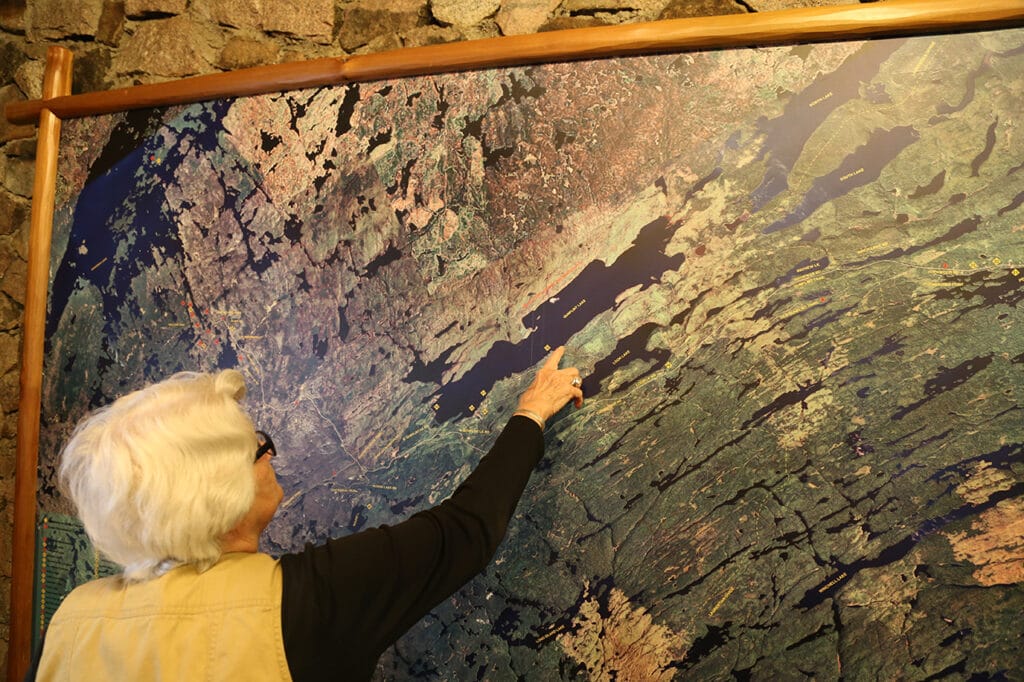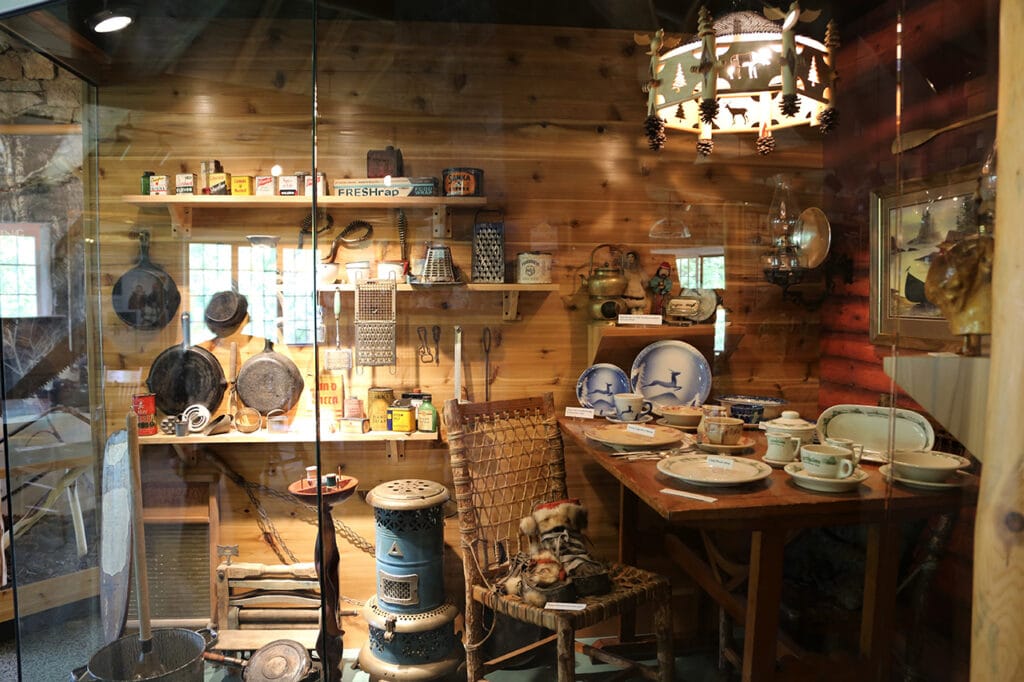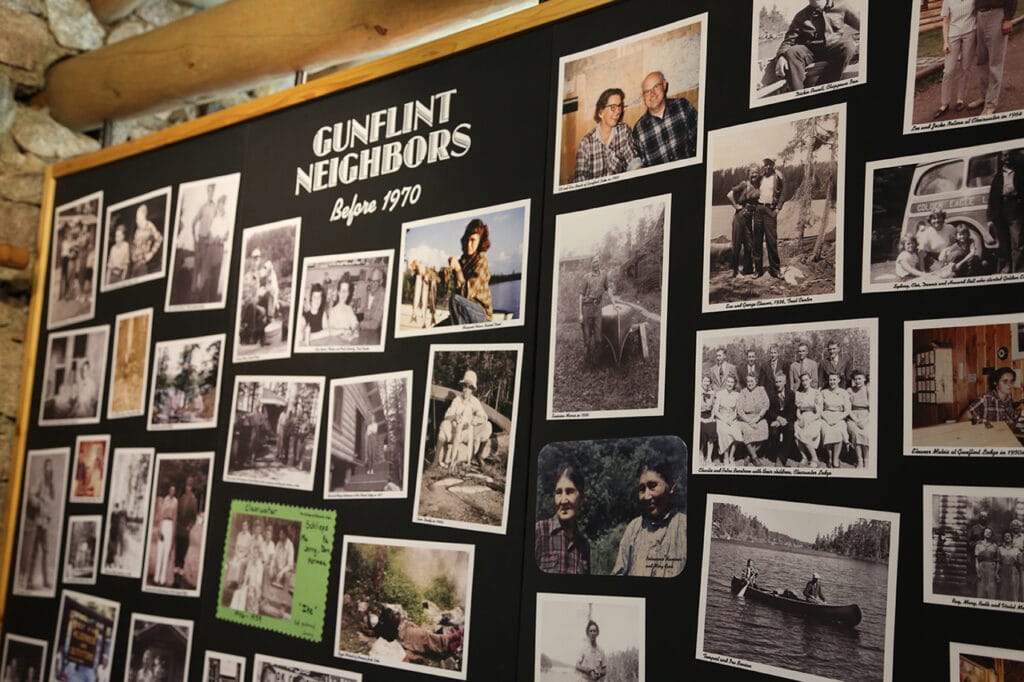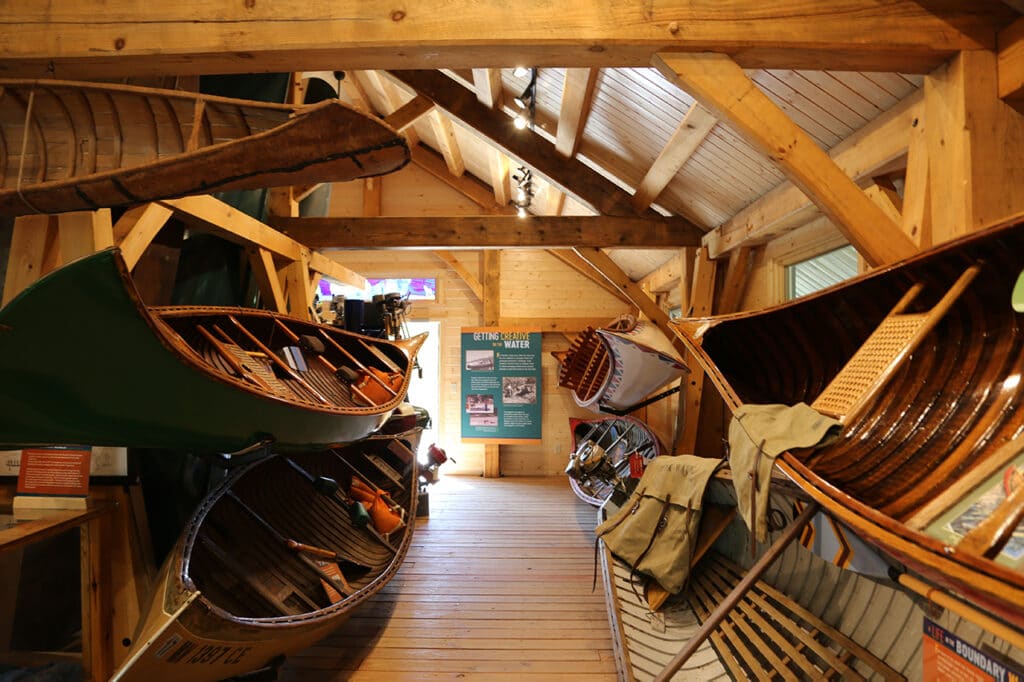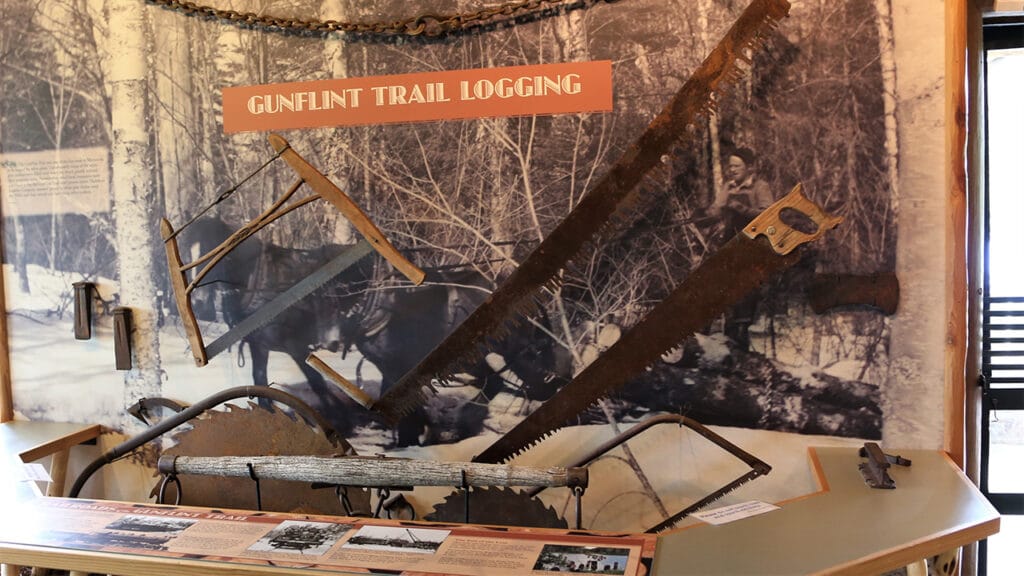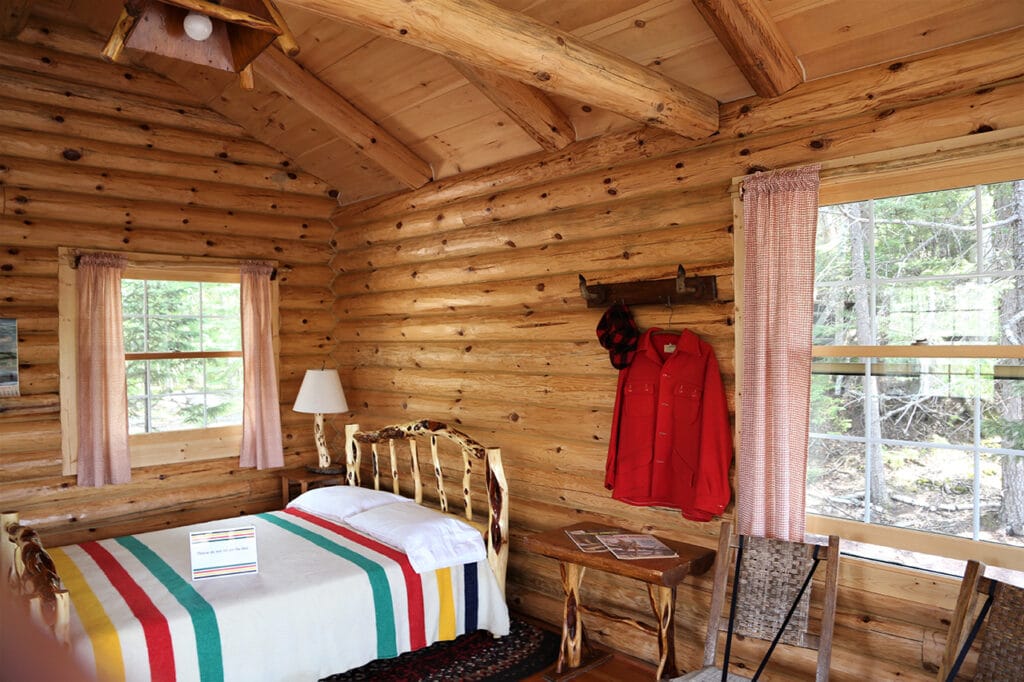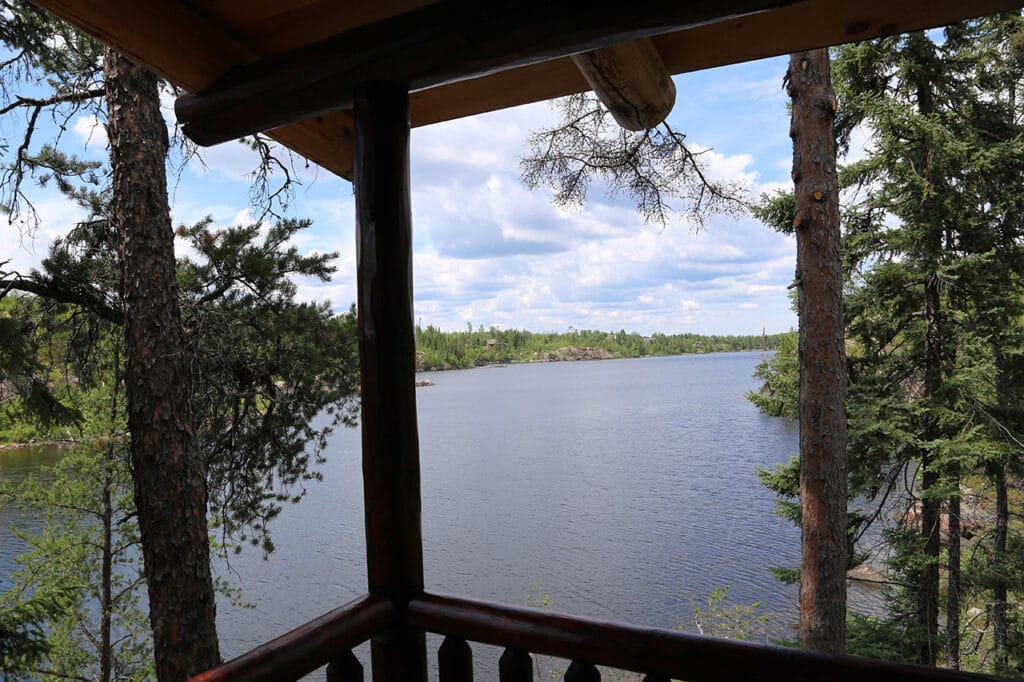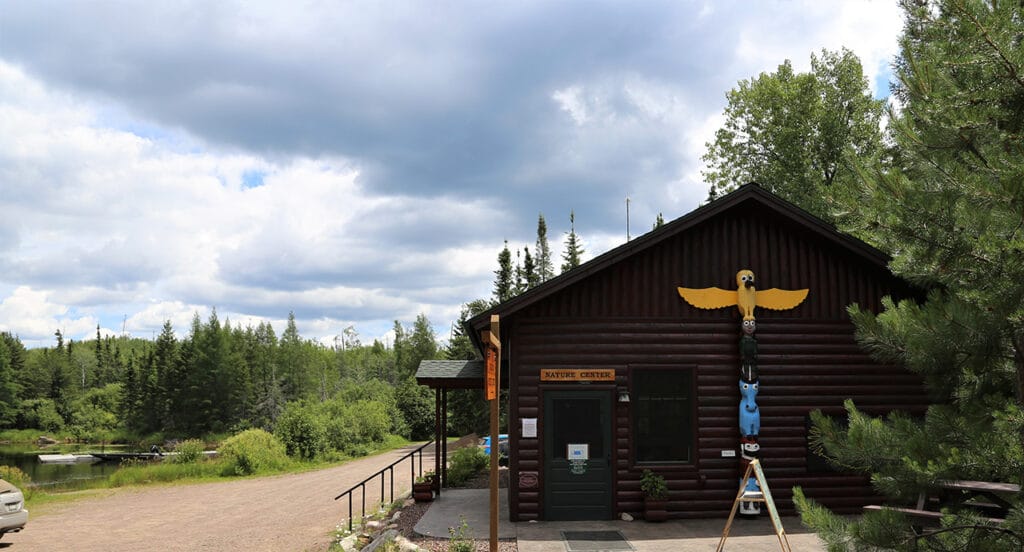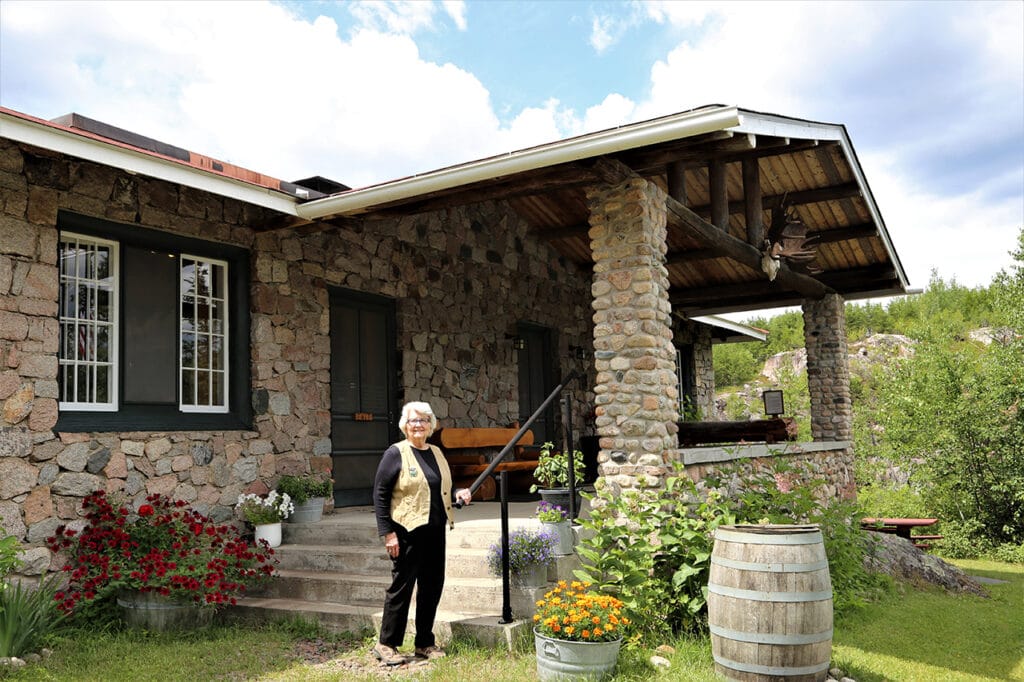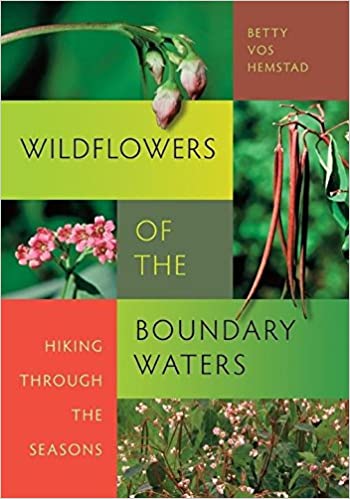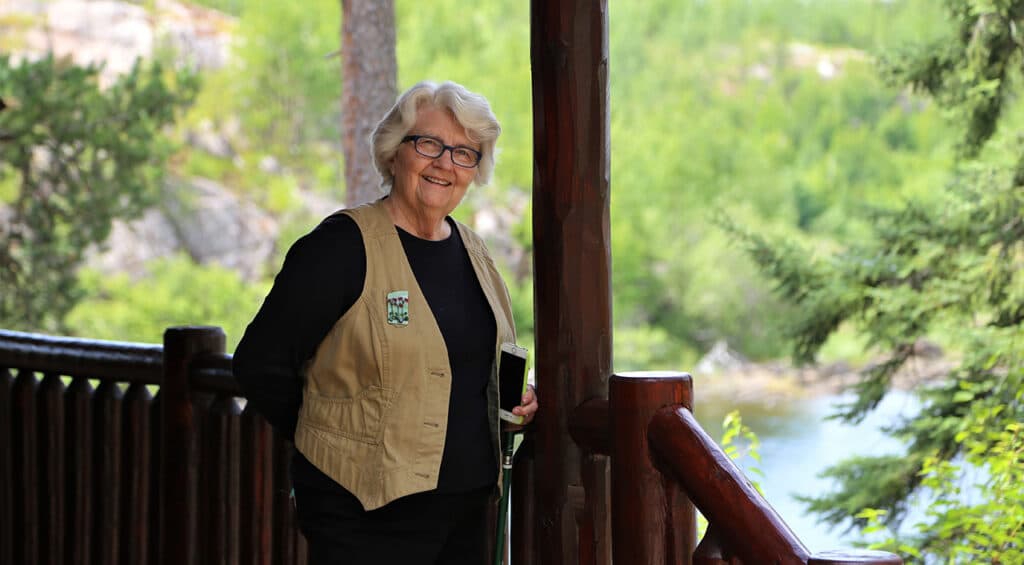
“Mother Nature always has a gift for you, just waiting, and your job is to slow down and simply discover it.”
– Betty Vos Hemstad, Photographer/Author
This is the spirit of Betty Vos Hemstad who delights in discovering the wildflowers of the Boundary Waters Canoe Area Wilderness—a favorite pastime for more than four decades. Since she and her husband, Ron, started visiting the Boundary Waters in the seventies, she has hiked through the woods and paddled Gunflint Lake countless times. Most outings have offered her a new botanical treasure to be eventually captured photographically, from seed to blossom. Each season showcases new jewels of natural wonder. Her documentation of it all has culminated in a book published in 2009 by the Minnesota Historical Society Press, Wildflowers of the Boundary Waters: Hiking through the Seasons. It features 120 wildflowers in their life cycles identified and photographed by Betty from her own explorations, all within fifteen miles from her cabin door on Mile O’ Pine Road.
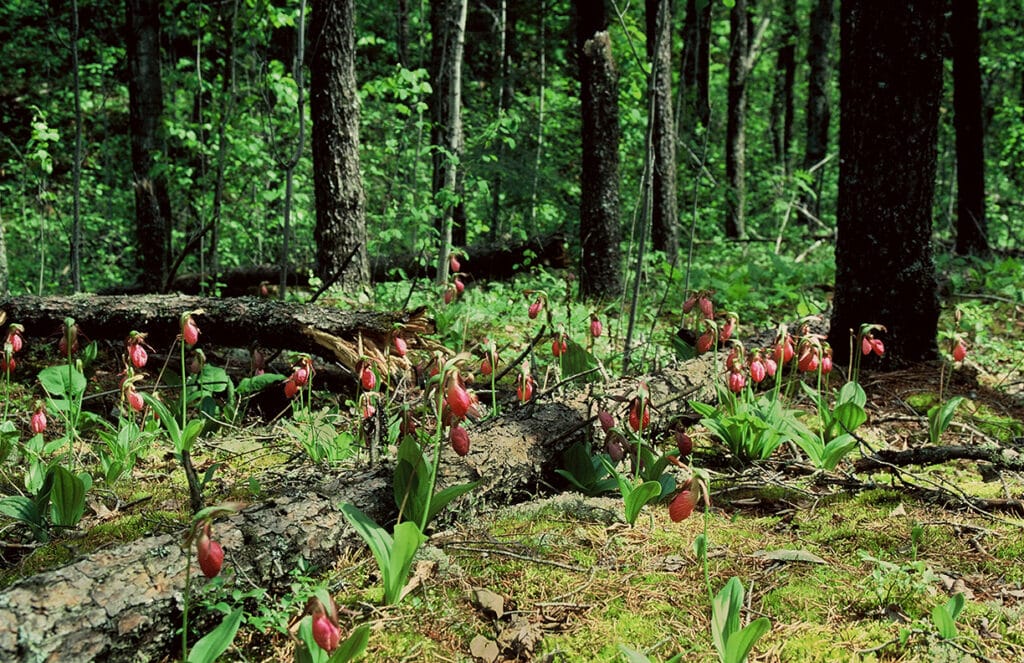
Betty Vos Hemstad has paid attention to the soil conditions and seasons since her childhood years in Central Minnesota. Growing up on her family farm in Roseland, she spent a lot of time outdoors. She remembers listening to the songs of meadowlarks and killdeer, walking past fields to her one-room school house.
“I was always close to the earth. Farming is close to the earth. You’re part of the soil. Turning it over and putting the seeds in. And that’s why when we came up here, I immediately felt that the wildflowers were calling me. I related to them. I kept noticing the seeds of the plant and wondering what had bloomed there before.”
Betty’s curiosity was her impetus for documenting these wildflowers. As a daughter of a small grain and sugar beet farmer, she tuned in to the conditions of the soil and changes of the seasons astutely—particularly at age ten. At that time, her father’s three employees had been drafted and were serving in World War II. Betty was asked to leave school temporarily and play a bigger role in the fields, alongside her father.
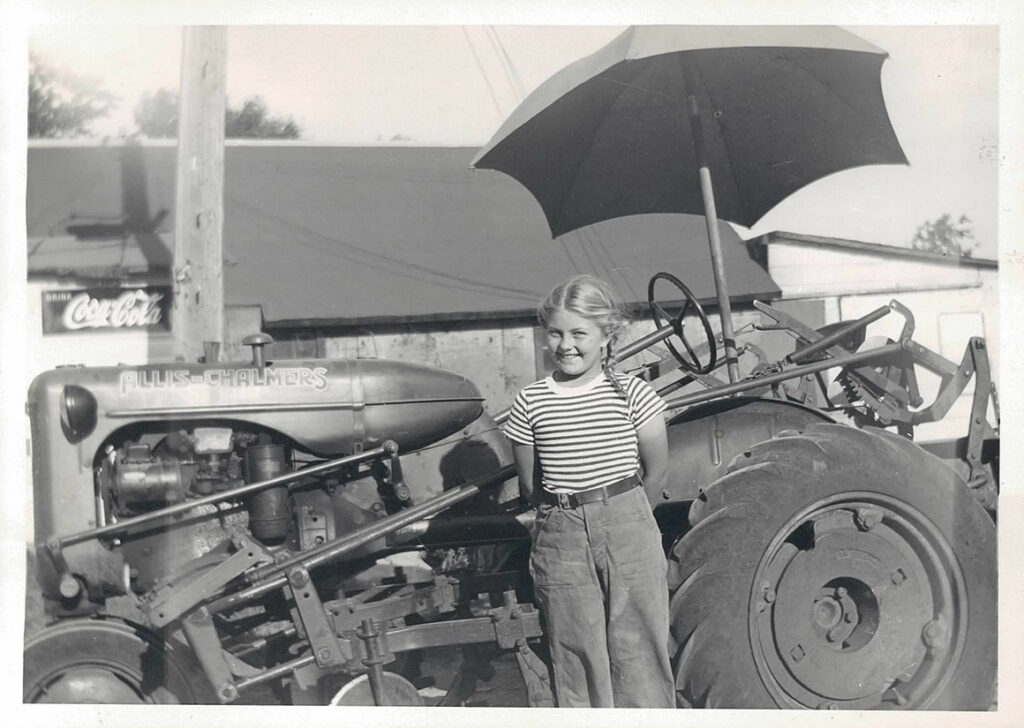
Betty fondly remembers her mother’s garden during her youth. Her job was to keep the littlest pigs out of it. The garden teemed with gladiolas, cosmos, sunflowers, sweet peas, creeping bellflower, and tulips. The neighbors shared her admiration of the flowers and often came to fill their baskets for wedding bouquets. Connecting with flowers and nature early on gave Betty a peace and serenity she has carried with her throughout her life.
At St. Olaf College, Betty met her life partner of sixty years, Ron Hemstad. Accompanying her husband to Chicago, she taught high school while he studied law. Soon they started their family. Returning to their home state, Ron joined the law firm Faegre & Benson. They’ve remained in Minnesota from then on with deep appreciation for all that it offers.
What led Betty to fall in love with the wildflowers and the North Woods?
As Betty recalls, Ron was laden down with a very heavy workload at his law practice. Life with three teenagers was hectic in Minneapolis. Betty insisted they take four nights off and found a cabin to rent from Bruce and Sue Kerfoot, owners of the Gunflint Lodge. “When we left we felt we had been here for two weeks. It was still at a time when the lights turned off at nine o’clock at night, and all you could hear were the loons and the other noises of the forest.” The Hemstads experienced true respite and the children enjoyed their first night camping in the woods. From that point on, they were inspired to find a piece of land that spoke to their hearts and calmed their minds—a gift for the well-being of their children as well. Years later, and many visits in between, they found it on Mile O’ Pine Road.
Here, Betty found the wildflowers of the Boundary Waters to be truly unique. Each wildflower would blossom during a particular season with just the right conditions. Never could you rely on the timing and location to be the same every year, she learned, particularly with the pink lady slipper. It could be another seventeen years from the time the seed leaves the plant and flowers again, she explained. So when she came upon a patch of pink lady slippers, she knew it was a golden moment. In her favorite photo, which she calls her Ansel Adams shot, the forest floor is teeming with lady slippers standing in dappled sunlight.
Calypso orchids, also featured in the book, are one of Betty’s favorite moments of discovery. Her story illustrates that one does not have to go too far to find these gifts. These magenta orchids are rare and highly searched for in the North Woods by wildflower enthusiasts. Lo and behold, upon arrival at her cabin with her husband, they had barely driven up the driveway when Betty spotted something in her periphery. She asked Ron to stop the car immediately and got out to take a closer look. Sure enough, poised in all of their glory, stood a cluster of calypso orchids. They greeted her in full blossom on the cool, damp forest floor. Three inches tall and four feet away from her cabin drive.
And so it goes with Betty. The art of exploration and discovery is in slowing down and being still.
One does not have to travel far when in the Boundary Waters. “Wait and see what gifts Mother Nature has to offer – there’s always something.” Which is what we did when we spent the day together. There on her home property, we sat facing a lichen-covered stone wall and walked through some of her favorite nooks in the woods near where the creek runs in wetter conditions. I noticed an elegant white flower, a nodding trillium, just off her front steps. “It just appeared there one day,” she said. When I admired some of the flowers in her own front garden, she shared her philosophy to gardening. “I like to wait and see what shows up.”
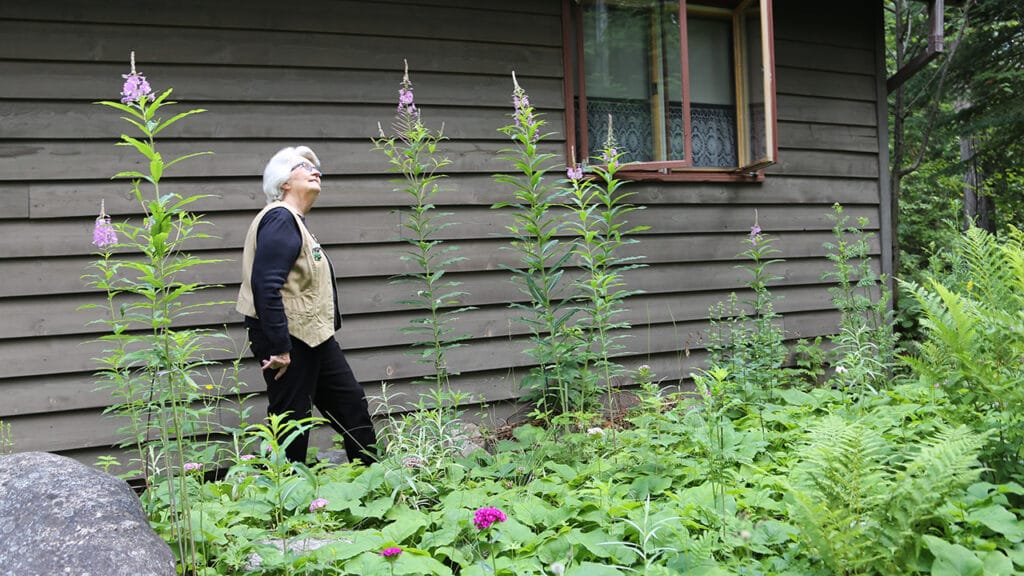
One of the wildflowers that showed up that year in her garden was her third favorite wildflower featured in her book, fireweed. Not all of these images came easily, however. To complete her book, one last photo was needed, of the seeding stage of the water smartweed, which was an elusive image to find. With all of her neighbors out helping her search for it in their neck of the woods, it was her eight-year-old grandson, Will, who helped her capture it, while rowing the boat in a far-off bay of Hungry Jack Lake. After searching and floating along the water lilies for a while, Will was ready to turn back, when a speck of an object on the water’s surface became faintly distinguishable.
“From a distance, I saw something sticking up about an inch out of the water. It was the only thing in this quiet spot in the water,” Betty remembers. She called out, “Will, go over there, go over there! Do you see that?” He responded, “No, there’s nothing there!” She insisted, “Yes there is!” And a moment later, the last image of the water smartweed flower was taken. Shortly thereafter, the book would be published.
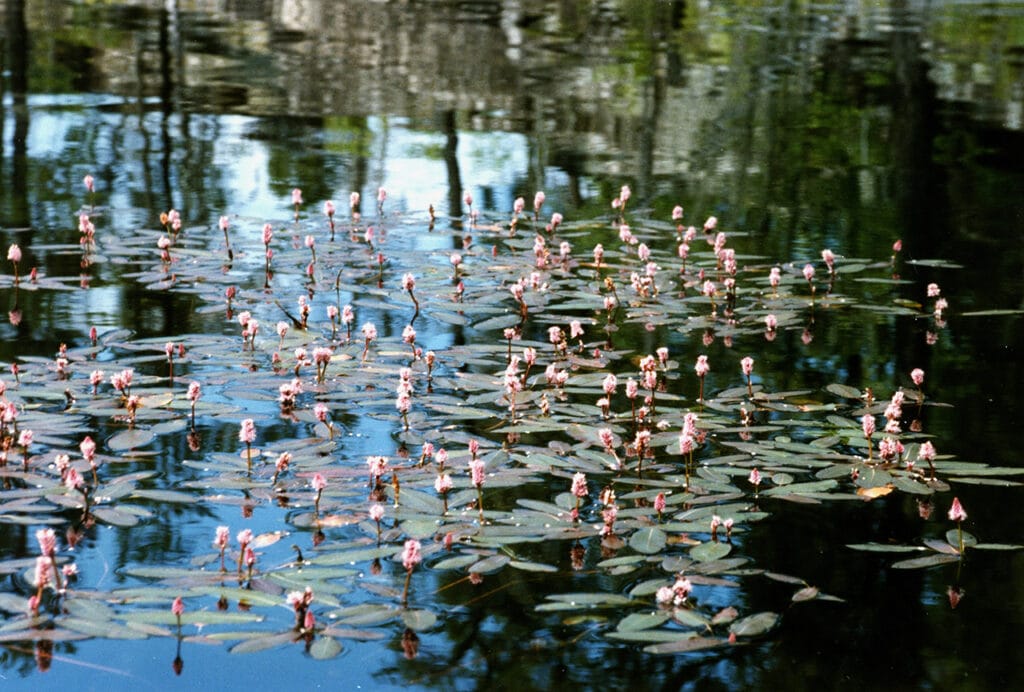
Perhaps the most gratifying experience for Betty is witnessing the heartfelt appreciation of what the North Woods means to her family members. Early in our conversation, as we sat in the woods, a voice called out at the edge of the driveway. “Bye Granny. We’re heading out now. See ya!” It was one of her grandsons and his family heading off for a day hike on the South Rim Trail. Another grandson was living nearby in a wooden-framed building named the Skoghus (in honor of her husband’s Norwegian heritage). Down the Gunflint Trail, her daughter, Nancy, and son-in-law, Dave, own and operate a popular outfitting and cabin rental company on Hungry Jack Lake, where she also creates glass artwork throughout the year.
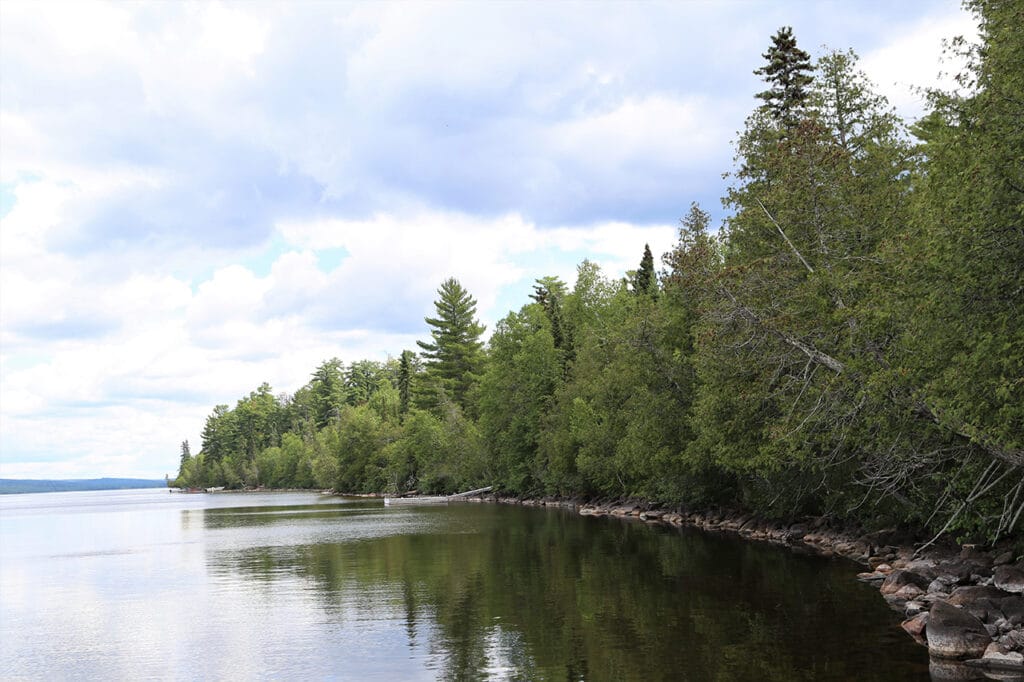
Betty’s passion for the beauty of life on the Gunflint Trail is contagious.
Her joy in sharing these wonders with others is parallel to her organizational skills and productivity. This did not go unnoticed in 2005 by Bruce and Sue Kerfoot, who had an invitation of their own for Betty. The Kerfoots valued the precious stories of life on the Gunflint Trail, having owned and operated a three-generational family business known as the Gunflint Lodge. They recognized a need to preserve its stories and history. Their hope was to convert an old, vacant lodge, the Chik-Wauk, at the end of the trail on Saganaga Lake, to a museum and nature center – one that honored the cultural heritage and history of life on the Gunflint Trail. ”They were trying to find someone to get this organized,” recalls Betty.
“They came over here, the two of them, wanting to have a little visit. And then they said, ‘We want to take you for a ride’.” They drove to the old Chik-Wauk Lodge and Resort, which had been standing vacant in the wilderness since 1978, when it was purchased by the government. “Of course, I fell in love with the challenge,” Betty remembers. What followed was a three-person team to start the Gunflint Trail Historical Society. Betty was the President, Sue Kerfoot, the Vice President, and Bruce Kerfoot, the fundraiser. This opened the doors for volunteer efforts and donations from residents all along the 60 miles of the Gunflint Trail. She invited four members from each part of the trail—upper, middle and end—to join the Board of Directors and asked for a five year commitment.
“After people got convinced that this could be done, we had volunteers coming out of the woods. It was wonderful.”
Many of these people met each other for the first time, as it was the first organization for everyone who lived on the Gunflint Trail. She also credits a generous donor who stepped up at a pivotal time to make it happen. “Some of my dear friends are from the trail, who I never knew before,” she said. Five years later, in 2010, the doors to the Chik-Wauk Museum and Nature Center opened. Here, one can learn all about the wildflowers, the wildlife and the cultural heritage of seven different groups who lived on or travelled through the Gunflint Trail. This includes people from pre-historic times, Native Americans, voyageurs, miners, loggers, resort owners, and residents. A cabin modeled after one from a 1950s Gunflint Trail lodge is designed and furnished with similar materials like Diamond Willow, according to Betty, who supervised the project. It offers a scenic view of Saganaga Lake. Hiking trails are now available through the nearby woods and up to Blueberry Hill for a scenic look-out and blueberry picking.
As the Chik-Wauk Museum and Nature Center just celebrated its tenth anniversary, it continues to flourish under new leadership and direction from the next generation. This is part of the vision that Betty Vos Hemstad believes in. “My philosophy of any project is if the older people stay on, the younger people are not going to join the group.” With deep gratitude and joy, she has passed the baton. When one meets her personally, it is an honor to witness the gratitude and pride that exude from every cell… for her sixty years with Ron, for her close family, friends and access to nature.
Next up, wood-carving!
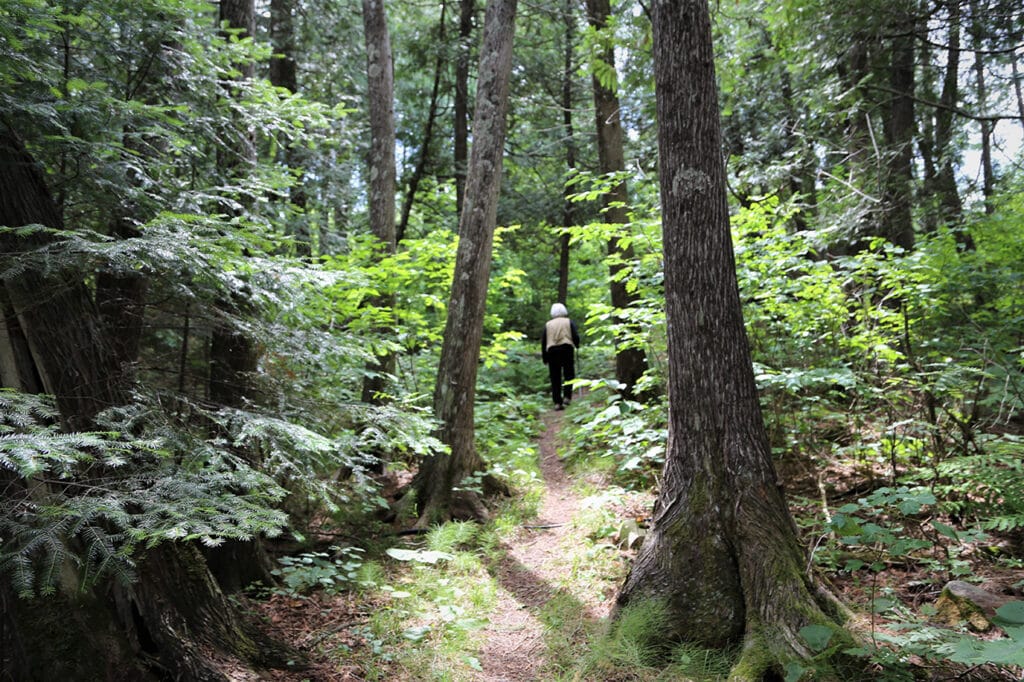
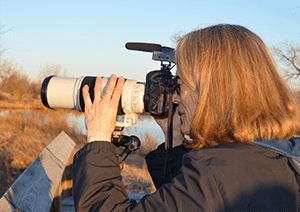
Anne Queenan is a writer/photographer/video producer who reports on natural heritage, watershed health and land stewardship. She and her dog Coda live on the Mississippi River in Minnesota where she enjoys paddling, birding and scenic hiking.
Editor’s Note: Sincere thanks to Anne and to Betty for making this interview happen with safety precautions observed. Our thanks too to the Chik-Wauk Museum and Nature Center.


